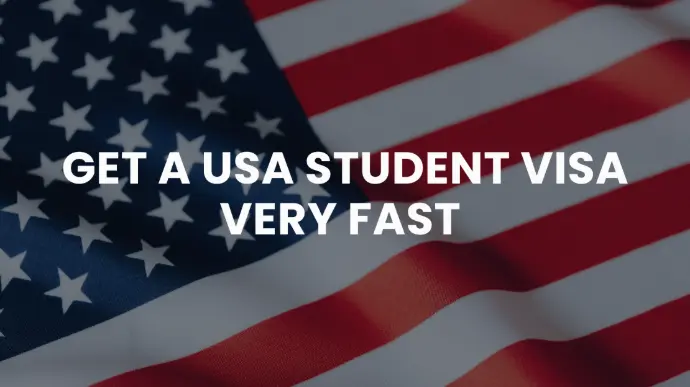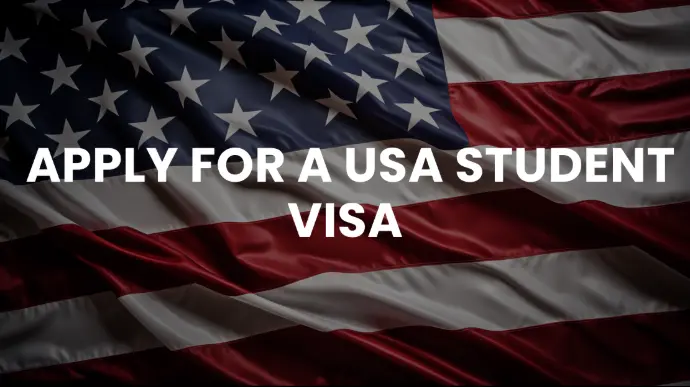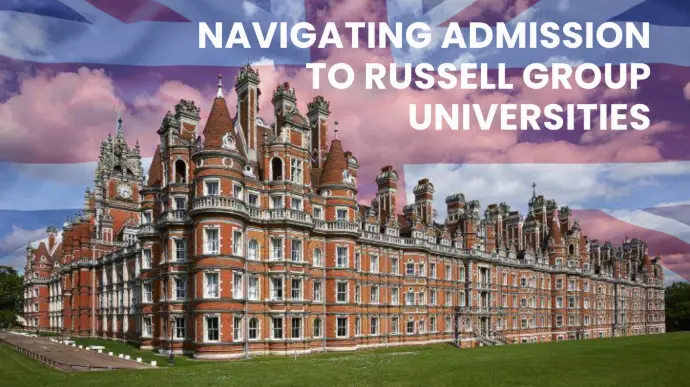Navigating the USA Student Visa Process: A Comprehensive Guide
Starting an educational journey in the United States is an exciting opportunity, but it comes with its own set of challenges—particularly when it comes to securing the appropriate student visa. Navigating the visa process can feel like trying to solve a complex puzzle, but with the right information, you can piece it together seamlessly. Let’s dive into the essentials of obtaining a USA student visa.
Introduction to USA Student Visas
The United States offers a variety of student visas, each tailored to specific types of educational programs. Understanding which visa aligns with your academic goals is the first step toward a successful application. For a better assessment of your visa profile, you can consult experiencedUSA Student Visa Consultants in Ahmedabad who can provide tailored guidance and ensure a smooth process.
Types of USA Student Visas
- F-1 Visa: Academic Studies
- The F-1 visa is the most common for international students attending an academic program or English Language Program at a U.S. college or university.
- To qualify, you must be enrolled as a full-time student at an institution approved by the Student and Exchange Visitor Program (SEVP).
- M-1 Visa: Vocational Studies
- The M-1 visa covers non-academic or vocational schools, including technical courses and specialized training programs.
- J-1 Visa: Exchange Programs
- The J-1 visa is intended for students participating in approved exchange visitor programs, such as university exchange, visiting scholar programs, or internships.
- The J-1 visa is intended for students participating in approved exchange visitor programs, such as university exchange, visiting scholar programs, or internships.
Eligibility Criteria for USA Student Visas
Before applying, ensure you meet the following eligibility requirements:
- Enrollment in SEVP-Certified Institution
- You must have an acceptance letter from an SEVP-certified U.S. institution.
- Proof of Financial Support
- Demonstrate sufficient funds to cover tuition and living expenses for the duration of your studies through bank statements, scholarship letters, or affidavits of support.
- English Language Proficiency
- Evidence of proficiency in English is required, typically through standardized tests like TOEFL or IELTS unless enrolling in an English language program.
- Evidence of proficiency in English is required, typically through standardized tests like TOEFL or IELTS unless enrolling in an English language program.
Application Process for USA Student Visas
The application process involves the following key steps:
- Receiving the Form I-20 or DS-2019
- Upon acceptance, your institution will provide Form I-20 (F-1 or M-1 visas) or DS-2019 (J-1 visas).
- Paying the SEVIS Fee
- The SEVIS I-901 fee funds the Student and Exchange Visitor Information System and must be paid before applying for the visa.
- Completing the DS-160 Form
- Fill out the Online Nonimmigrant Visa Application (Form DS-160) accurately and submit it online.
- Scheduling and Attending the Visa Interview
- Schedule an appointment at the U.S. embassy or consulate and be prepared to discuss your study plans, financial resources, and ties to your home country.
- Schedule an appointment at the U.S. embassy or consulate and be prepared to discuss your study plans, financial resources, and ties to your home country.
Required Documentation for USA Student Visas
- Valid Passport: Must be valid for at least six months beyond your stay.
- Visa Application Confirmation: DS-160 confirmation page and fee payment receipt.
- Academic Transcripts and Test Scores: Include relevant academic records and test scores like GRE, TOEFL, or IELTS.
- Proof of Financial Resources: Present bank statements, financial affidavits, or scholarship details.
Maintaining USA Student Visa Status
- Full-Time Enrollment
- Maintain full-time enrollment at an SEVP-certified institution (typically 12 credit hours for undergraduates).
- Employment Regulations
- On-Campus Employment: Permitted up to 20 hours per week during academic sessions.
- Off-Campus Employment: Allowed only after one academic year under Curricular Practical Training (CPT) or Optional Practical Training (OPT).
- Reporting Changes
- Update your Designated School Official (DSO) within 10 days of any changes to personal details or academic plans.
- Update your Designated School Official (DSO) within 10 days of any changes to personal details or academic plans.
Extending or Changing Visa Status
- Extending Stay: Request a program extension before your current status expires.
- Changing Visa Status: To change your visa type (e.g., from F-1 to H-1B), file a petition with USCIS.
Travel Considerations for International Students
- Re-Entry into the USA: Ensure your visa is valid and SEVIS record is active before traveling outside the U.S.
- Travel Signature: Obtain a travel signature on your Form I-20 or DS-2019 from your DSO.
Common Challenges and Solutions
- Visa Denials
- Address the reasons for denial, such as insufficient financial proof or lack of clear intent to return home, before reapplying.
- Financial Stability
- Maintain updated financial records to demonstrate the ability to cover expenses.
- Maintain updated financial records to demonstrate the ability to cover expenses.
FAQs on USA Student Visas
- What is the difference between F-1 and M-1 visas?
- F-1 visas are for academic programs, while M-1 visas are for vocational programs.
- How early can I enter the U.S.?
- Up to 30 days before your program start date.
- Can I work in the U.S. after completing my studies?
- Yes, through OPT (12 months) or an additional 24-month STEM extension.
- What are the chances of rejection?
- Rejections often occur due to incomplete documentation, insufficient funds, or unclear intent to return home.
- How much bank balance is required?
- Funds should cover at least one academic year, typically $20,000–$50,000.
- Can I study in the U.S. without IELTS?
- Yes, some universities offer waivers under specific conditions.


